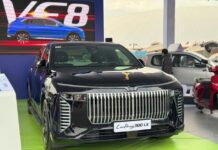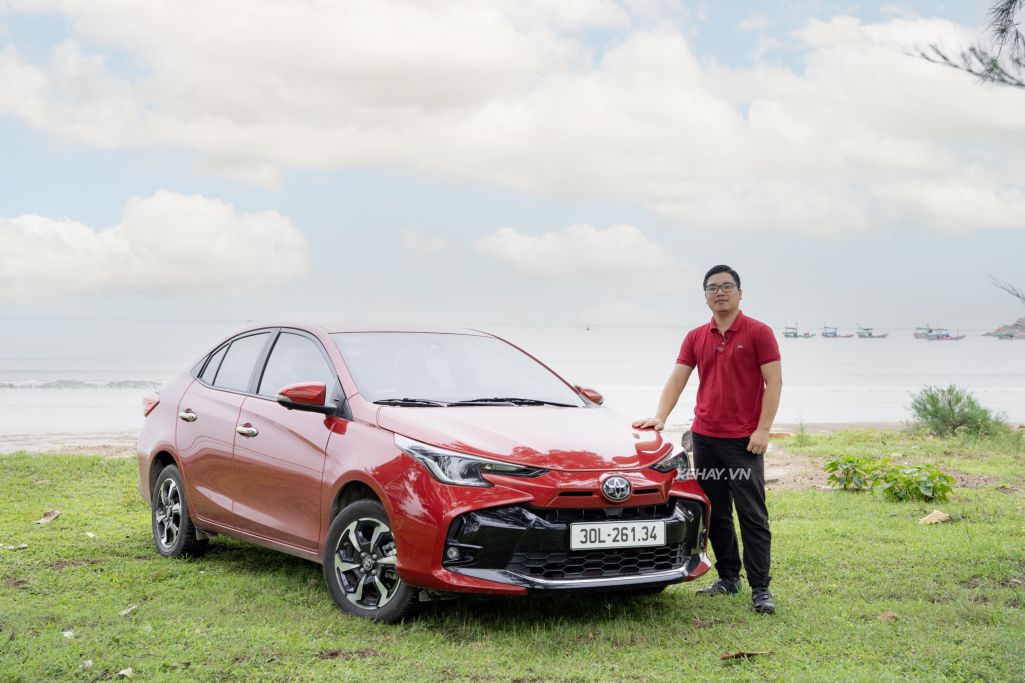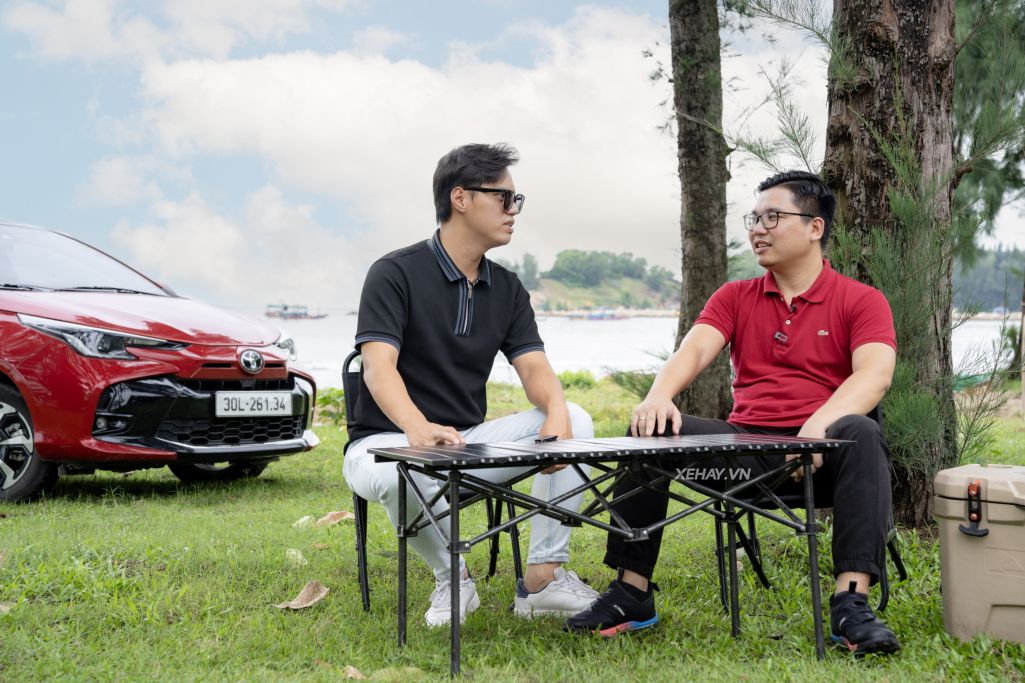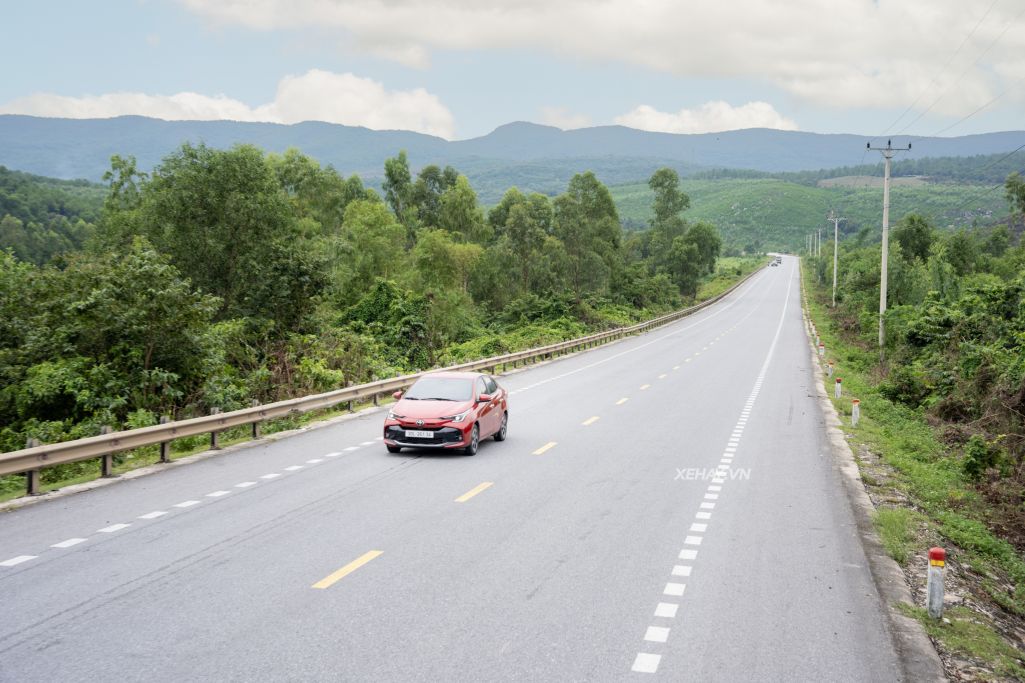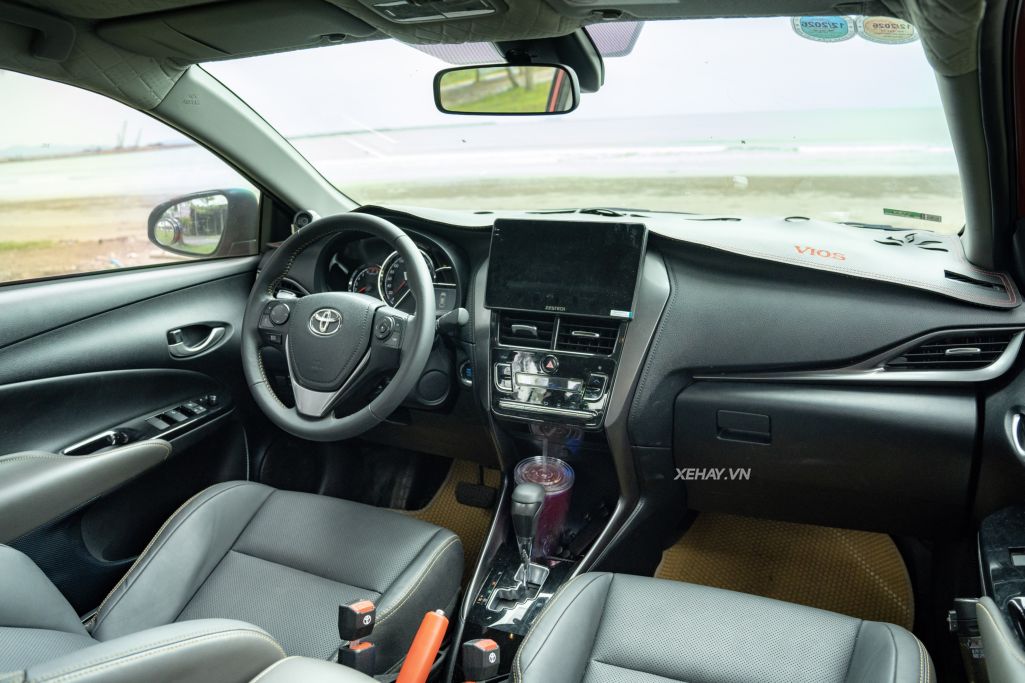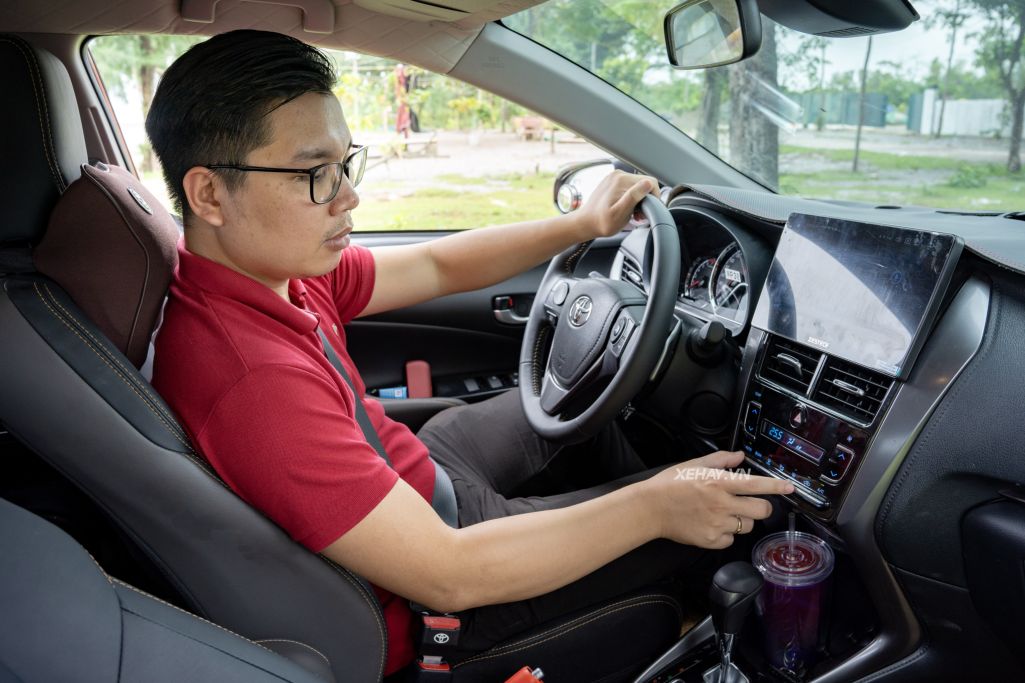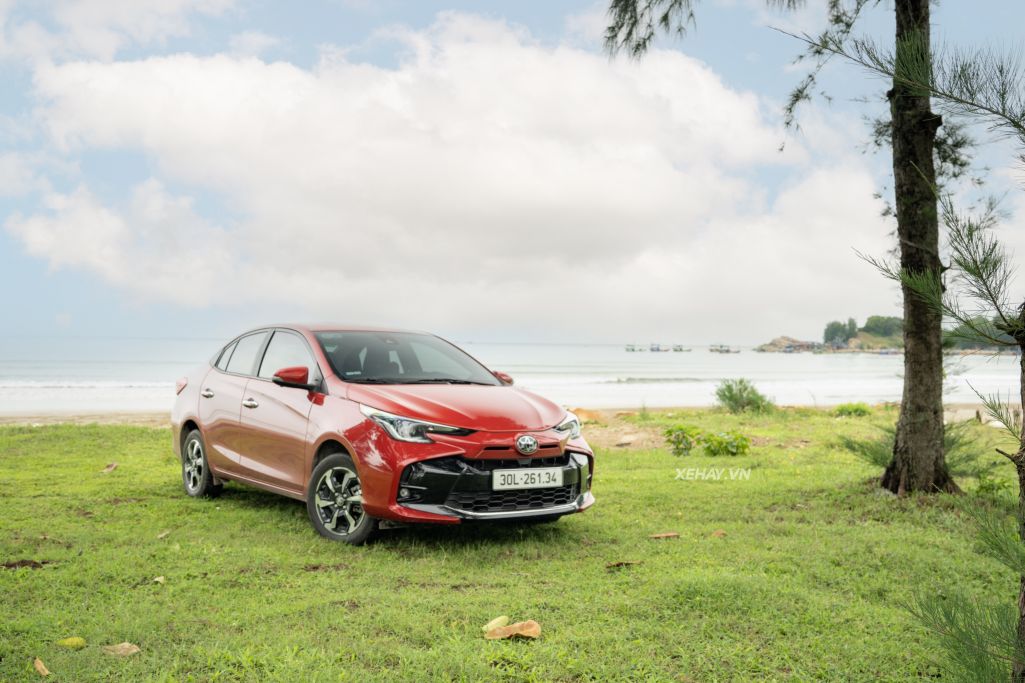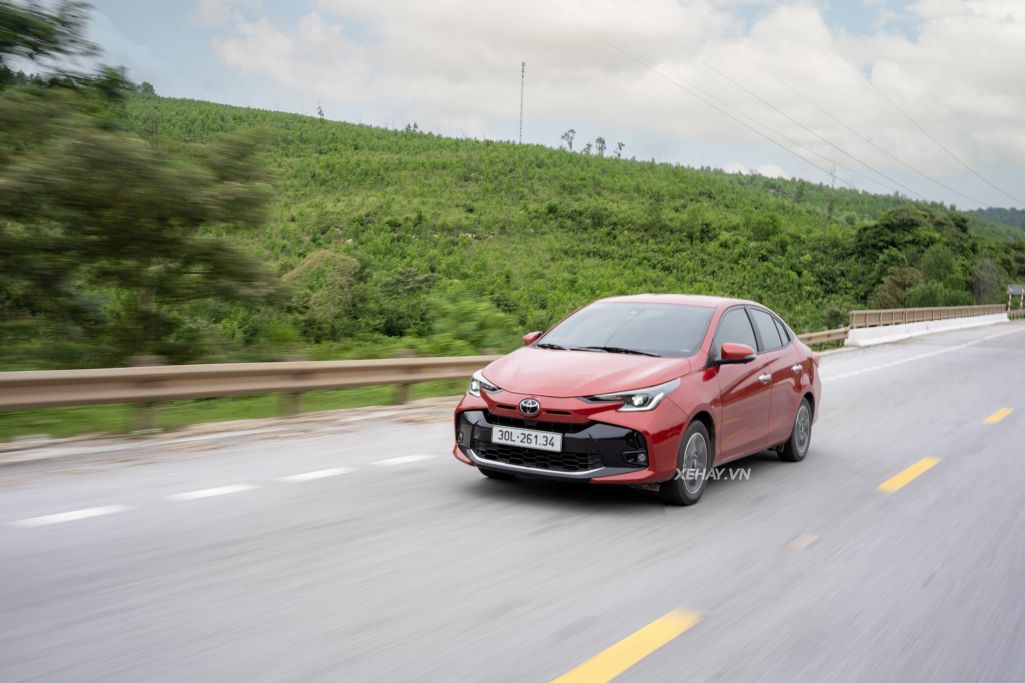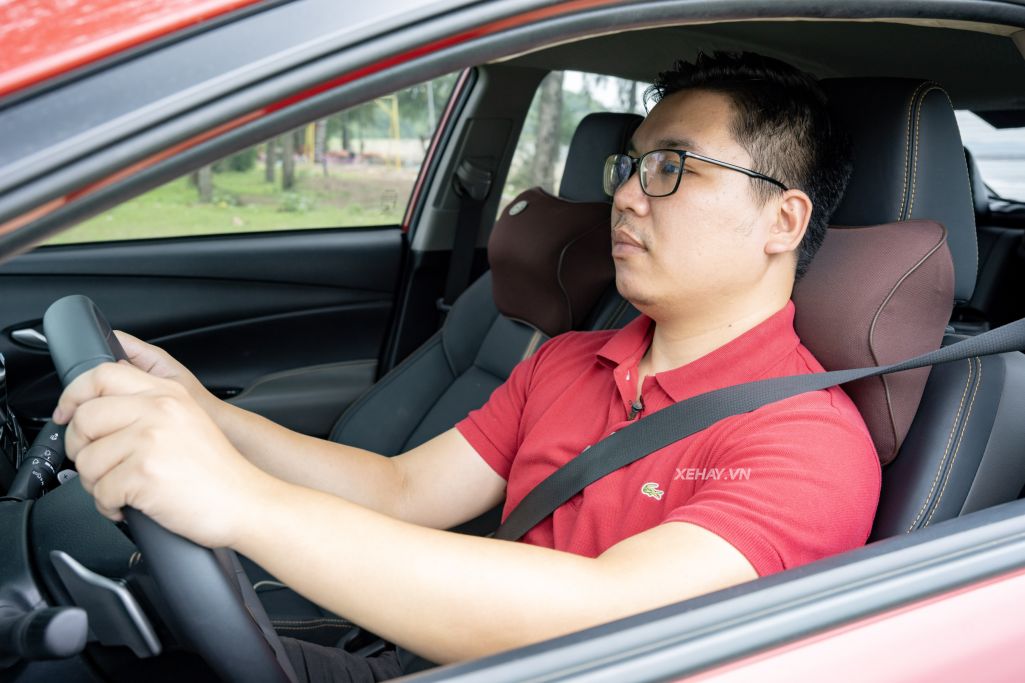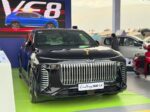A trusted brand, durable and smooth operation, harmonious design, and a sufficient amount of equipment, all at a very reasonable price – these are the reasons that made the information technology engineer extremely satisfied with his choice of the Toyota Vios for his family.
Nguyen Ngoc Phuc, an office worker in the information technology sector, is the proud owner of a Toyota Vios G version, which has clocked over 10,000 km in the year since he bought it. Phuc carefully considered various models and brands before settling on his first family car. So, why did he choose the Toyota Vios G?
The first convincing reason for Phuc was the durability and reliability of the Toyota Vios. The Japanese brand is well-known for this aspect. Specifically, after more than a year of owning the Toyota Vios G, Phuc has not encountered any breakdowns or malfunctions, despite the high frequency of use: daily school drop-offs and pick-ups, commuting to work, grocery shopping, and weekend trips to his hometown or outdoor vacations.
Another equally important reason is the price of the Toyota Vios G version, which is extremely affordable for Ngoc Phuc’s family. Moreover, the operating costs are also considered very reasonable by the 90s coder.
On average, the family’s car travels at least 1,000 km per month. The fuel cost for over 200 km each week is about 700,000 VND (approximately $29.7), equivalent to a fuel consumption rate of under 6L/100km on mixed urban and highway roads.
Before each maintenance period, Phuc receives a call from customer service to schedule an appointment, making it convenient for him to plan his time accordingly. The actual maintenance cost is about 1-1.5 million VND ($42.5 – $63.8) every 5,000 km, which is very reasonable. This is probably one of the main reasons why Toyota Vios has maintained its position as the best-selling car in the Vietnamese market for almost a decade, from 2014 to 2020.
The second most important reason for Phuc and his wife’s decision to buy the car was the interior space, which satisfied the whole family, including two adults and two children. The spacious trunk can hold a lot of luggage during their visits to their hometown, and it is also completely separated from the front cabin, helping to isolate unpleasant odors.
While the equipment included may not be as extensive as that of Korean car models, it is very suitable for the actual needs of the customer. The feature that Phuc uses the most when visiting his hometown is cruise control, which helps reduce fatigue and tension.
The car features a large screen with Apple CarPlay/Android Auto connectivity and conveniently placed charging ports. Although the air conditioning system performs well, there is no rear air vent. Phuc hopes that the manufacturer will upgrade this feature for improved convenience.
As his wife also drives the car for grocery shopping, the only additional equipment installed is a 360-degree camera, which ensures safety and convenience when navigating through narrow alleys. However, as the driver’s seat is not electrically adjustable, the couple needs to spend some extra time adjusting it whenever they switch drivers.
Additionally, Toyota’s car designs, in general, do not follow trends, which is an advantage in the long run. The overall design of the Vios is harmonious and suitable for various purposes, whether for work or leisure. The most modern aspect of the car is the front grille, which is large and sporty, giving it a youthful look. The Bi-LED headlights add sharpness to the car’s “eyes.” And, most notably, Ngoc Phuc and his wife are extremely pleased with the car’s striking red paint job.
After traveling over 10,000 km on various terrains and roads, Phuc assesses that the Toyota Vios has just enough power. The car is not weak when it comes to overtaking, despite having only a 1.5L naturally aspirated engine and a CVT transmission. The biggest strength is the smoothness and gentleness when accelerating.
The Toyota Vios‘s steering system, combined with the low-seating position characteristic of sedans, gives Phuc a confident driving feel, especially when cornering or merging onto the highway. Additionally, some new safety features have been added to the car, such as forward emergency braking, lane departure warning, and automatic headlights, giving both Phuc and his wife peace of mind while driving, especially in unfavorable weather conditions like rain or fog, or during twilight hours.
In summary, after a year of ownership and over 10,000 km of driving, Ngoc Phuc is satisfied with the performance of the Toyota Vios G and confidently gives it an 8/10 rating.
PV (Tuoitrethudo)
The Top 10 Best-Selling Cars of Q3 2024: Unveiling the Leaders
The Vietnamese automotive market witnessed a rather quiet third quarter, with customers awaiting supportive policies on registration fees and the influence of the inauspicious Ghost Month. However, a few standouts in the affordable car segment shone brightly, carrying their respective brands through the quarter.
The Prancing Horse’s Hybrid Hypercar: Ferrari SF90 Stradale Accelerates 0-100 km/h in Bugatti Chiron Territory
The Ferrari SF90 Stradale is an engineering masterpiece, a plug-in hybrid with an astonishing maximum power output of 986 horsepower. This enables it to sprint from 0-100 km/h in just 2.5 seconds, placing it in the league of megacars such as the Bugatti Chiron and Koenigsegg Regera. A true testament to Ferrari’s innovation, the SF90 Stradale offers an exhilarating driving experience with unparalleled performance.

